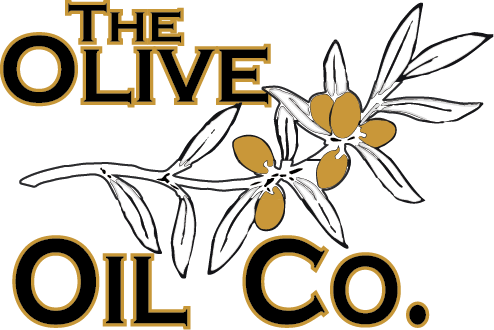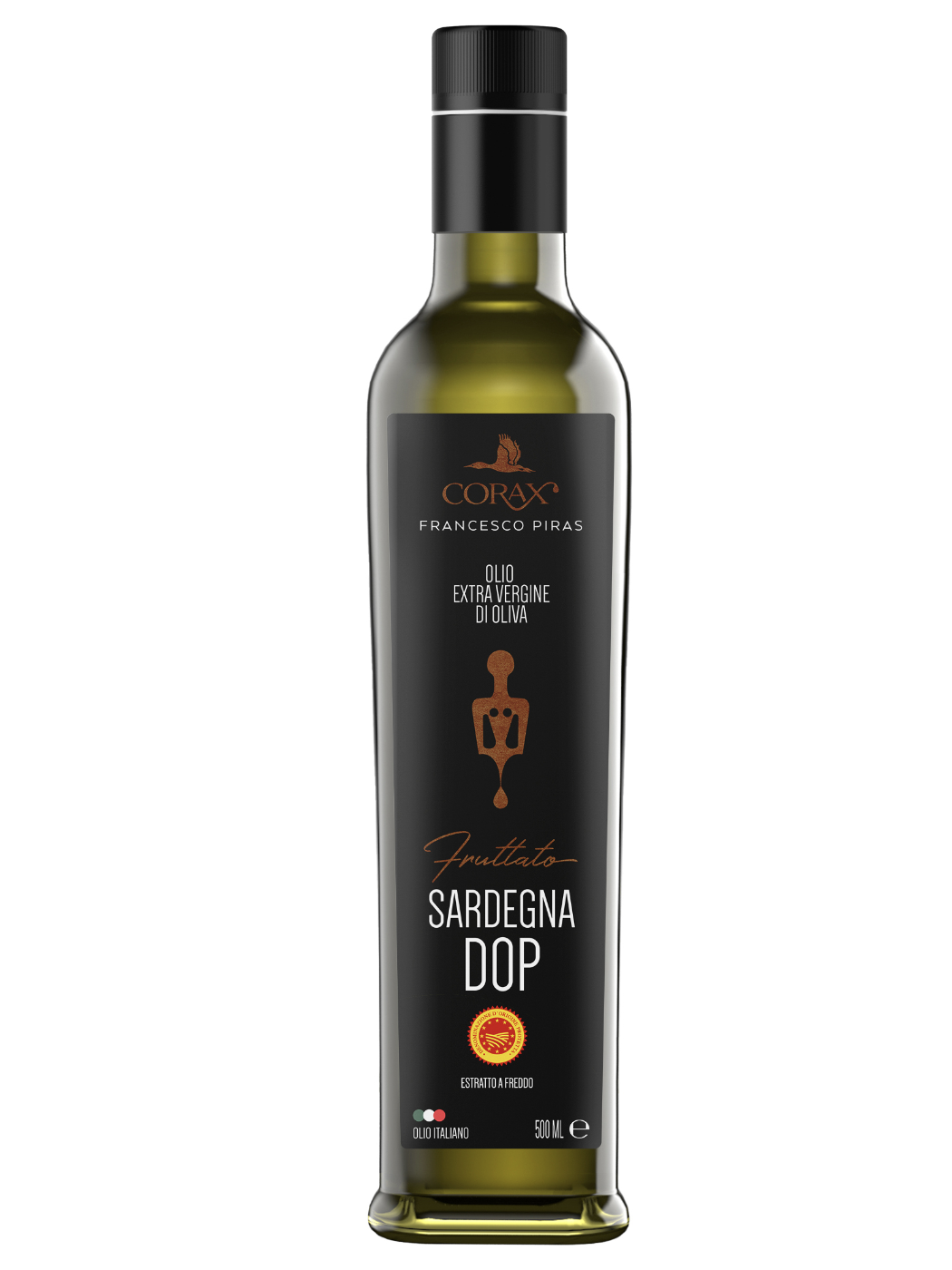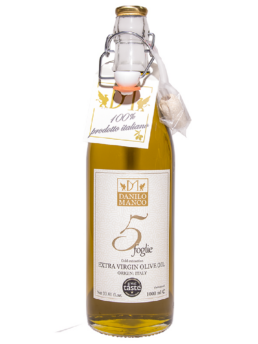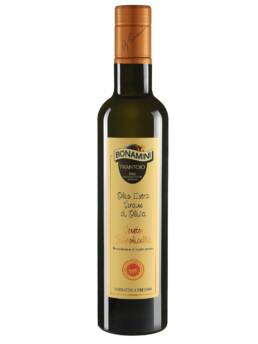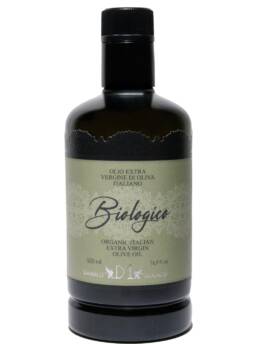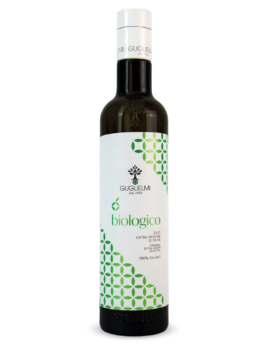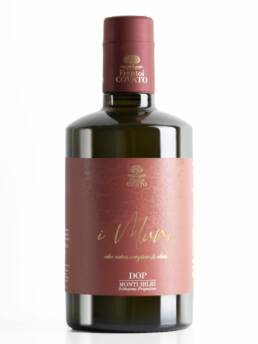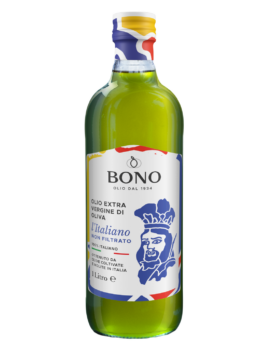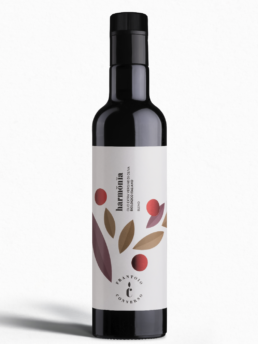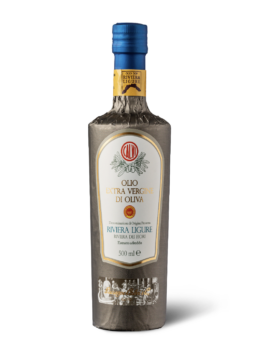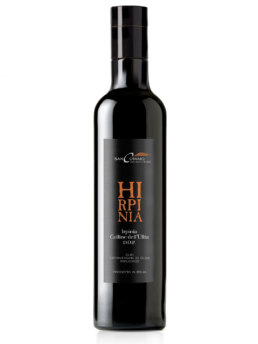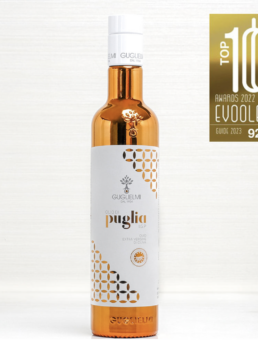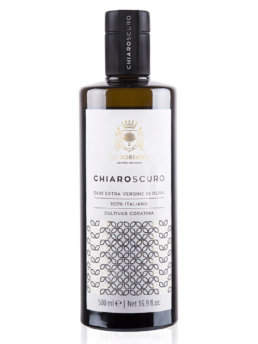“FRUTTATO SARDEGNA DOP” Strenght:intense D.P.O.
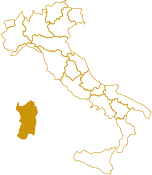

![]()
ORIGIN: Sardegna
From: £13.85
DESCRIPTION: It expresses and enhances all the best qualities and the typical peculiarities of the oils of the Sardinian Island, which is a generous land with thousands of years of olive-growing. Cloudy aspect, intense-green colour, herbaceous fragrance of green olives, balanced flavour with notes of artichoke and thistle, persistent bitter and pungent aftertaste.
COLOUR: Intense-green
ACIDITY: 0,2% – 0.3%
CULTIVAR: Bosana
INTENSITY: Intense
TASTE: Balanced flavour with notes of artichoke and thistle, persistent bitter and pungent aftertaste.
SCENT: Herbaceous fragrance of green olives
FILTERED
PRESSING: Cold extraction
HARVEST: 2024/2025 between October and November
Quantity: 250ml & 500ml
(£39.00 per 1lt)
Are you a trade customer? If you are a trade customer, please email us at trade@theoliveoilco.co.uk
It’s recommended for use as a condiment for red meats and fish, it’s also excellent when used raw as a dressing for salads or vegetables.
SARDINIAN FREGOLA WITH LAMB.
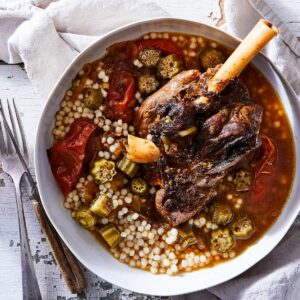
INGREDIENTS
10 thyme sprigs
6 anchovy fillets
5 garlic cloves, coarsely chopped
½ cup (loosely packed) oregano, plus extra to serve
160 ml PDO Sardinia evoo
120 ml red wine vinegar
1 boneless lamb shoulder (about 1.4kg)
1 kg (about 4 punnets) truss cherry tomatoes
300 gm fregola
Pound thyme, anchovies, garlic and half the oregano in a mortar and pestle until a paste forms, then add 100ml oil and 60ml vinegar and stir to combine. Massage paste into lamb, place lamb in
a non-reactive container and refrigerate to marinate (at least 6 hours-overnight).Heat a char-grill pan (or coal barbecue) over low-medium heat and grill lamb, turning occasionally, until tender and cooked through (40-45 minutes). Set aside to rest (20 minutes).Meanwhile, preheat oven to 200C. Place tomatoes in an oven dish, drizzle with 60ml olive oil and 60ml vinegar and roast until blistered and golden (20-25 minutes). Set aside to cool slightly. Cook fregola in boiling salted water until tender (12-14 minutes). Drain well, then spread on an oven tray to cool and dry slightly. Transfer to a large bowl, add tomatoes and their pan juices and remaining oregano, season to taste and toss to combine. Scatter with oregano and serve with lamb.
Shipping and Handling
Delivery charges are: £5 for orders of up to £25, £3.95 for orders up to £35, £2.95 for orders up to £45. Delivery is FREE for orders over £45 before transport and any Vat where applicable (for UK customers only excluding Islands, please contact us if you don’t live in this area). We do not Ship outside the UK.
UK Remote areas and offshores where extra fees apply
ROAD SERVICE OPTIONS
|
Scottish Highlands and Offshore Options
|
Delivery Schedule
We deliver Tuesday to Friday. Orders placed by 9 am will be dispatched the same day and will be delivered by our approved courier to arrive within 48 hours. Please be aware that all packages MUST be signed for, checked first and cannot simply be left in a garage or porch.
Orders placed after 9 am will be dispatched the following day.
Back Orders
Because we use small suppliers and sell a lot of seasonal products, all goods featured on our website are subject to availability. We endeavour to keep the website updated but if a product you order should be unavailable you will be notified of this by phone or email and given the chance to choose an alternative item, cancel your order completely, or put it on back order to wait until it is in stock (we will ship your other items to you if you wish).
If we are unable to contact you we will go ahead and dispatch the rest of your order without the said item.

Our farm has roots that originate in the depths of the history of our family and our hometown, Alghero, for over 70 years.
My parents, Simone and Forica, began this long journey in 1950, first of all working in the Mamuntanas Olive Oil Company, and after that in the Surigheddu Company, which at the time was one of the largest in the North of Sardinia.
In 1975, thanks to a small allotment purchased some years previously, they began to dedicate themselves body and soul to the cultivation of the land. While my father was busy with the cultivation of olives, vines and dairy products, my mother looked after the home and their seven children. I was still very young when my father began to transmit his love of olive cultivation to me. A love that, in 1976, brought me to be a part in the first co-operative in Alghero in this sector: that was how I began to learn the techniques and develop knowledge regarding the management of the oil mill, the agricultural machinery and the
In 1993, after years of hard work and sacrifice, at last I fulfilled my dream, giving life to the Francesco Piras Farm Company. A business that still to this day has lost nothing of its original spirit, that is of a real family, in which knowledge and experience are passed down from generation to generation, together with the love of this type of work and this magnificent land.
Add a review Cancel reply
In a cool, dry place. Protected from light, heat sources and unpleasant odors. Once opened, minimize exposure to air.
Best consumed within 18 months from the date of bottling.
Why does olive oil get cloudy and thick?
Probably at some point you’ve seen some white lumps in the olive oil you store at home, but you know why?
If you’re a long time olive oil user then it’s possible that at some point you’ve noticed white crystals in the olive oil you keep at home. But do you know what they are and why they are there?
To explain, let’s start by comparing the freezing process of olive oil and water:
Water is a homogeneous liquid made entirely of H2O (hydrogen and oxygen) molecules. Since it’s made of one type of molecule, all of its particles freeze at the same temperature: 0ºC (32º fahrenheit). As the temperature lowers, the movement of the water molecules becomes slower until the water reaches freezing temperature at 0ºC, at this point the molecules stop moving and the water freezes and becomes solid: ice.
A similar process takes places with olive oil, but olive oil is not a homogeneous liquid like water is. The difference is that olive oil is made of a few different molecules, called triglycerides, and each has its own freezing temperature. The freezing point of these different molecules ranges between 0ºC and 15ºC depending on the fatty acid composition. The colder the olive oil gets, the greater the number of molecules that will start solidifying. Cold temperatures is the reason some white crystals may appear in your bottle of olive oil, especially during winter months.
Does that mean the olive oil is not good to use?
Not at all! The olive is perfectly fine without causing any nutrient loss. The freezing process is perfectly natural and has no impact on the quality of the olive oil.
In colder homes and countries in the Europe, olive oil can freeze under normal conditions, especially during the winter. In these cases, don’t worry and just remember that it’s actually better to store olive oil at a cold temperature. Cold temperatures prevent degradation of the olive oil., be sure to store your olive oil in the coldest place in your kitchen or pantry, to keep it as fresh as the first day you got it.
